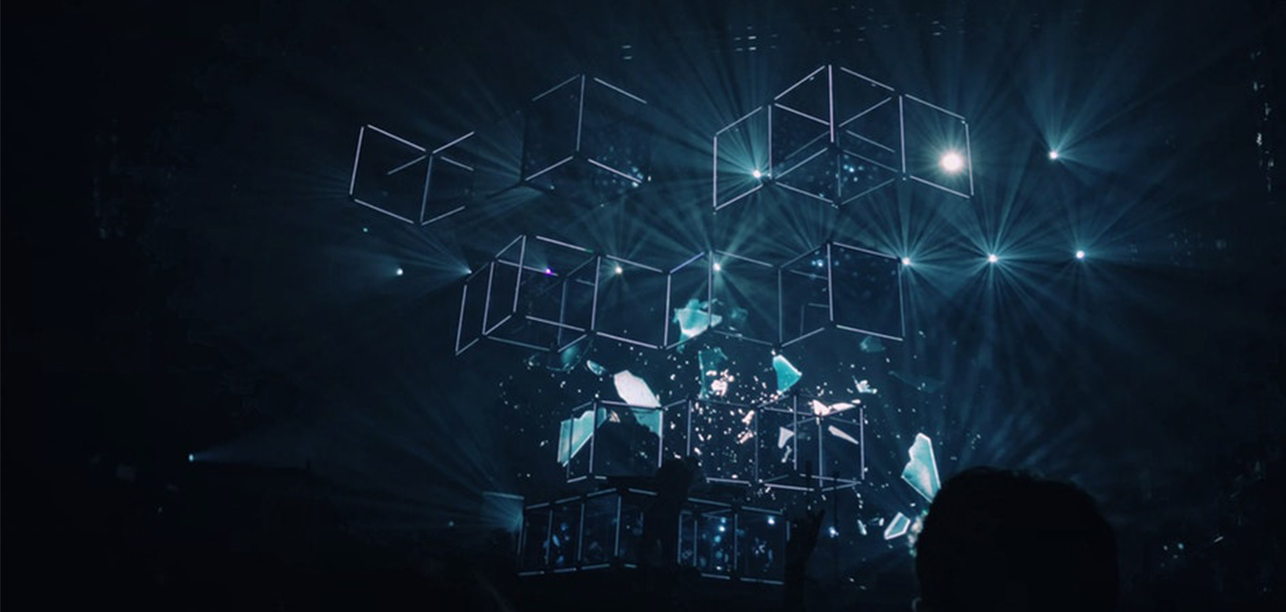
 The cloud hasn’t always been the ideal choice for performing large, resource-intensive workloads. Scenarios that require high disk I/O and large amounts of compute resources are generally better suited for physical, dedicated servers. While the automation and self-service capabilities of the cloud are valuable, the virtualization layer can take up space that could be used to process your workload. The bare-metal cloud offers a best-of-both-worlds approach – a dedicated environment without the overhead of virtualization, but without sacrificing the flexibility of the cloud (tweet this).
The cloud hasn’t always been the ideal choice for performing large, resource-intensive workloads. Scenarios that require high disk I/O and large amounts of compute resources are generally better suited for physical, dedicated servers. While the automation and self-service capabilities of the cloud are valuable, the virtualization layer can take up space that could be used to process your workload. The bare-metal cloud offers a best-of-both-worlds approach – a dedicated environment without the overhead of virtualization, but without sacrificing the flexibility of the cloud (tweet this).
Bare-metal servers do not run a hypervisor and are not virtualized, and can be delivered on a cloud-like service model. This balances the scalability of the cloud with the performance capabilities found in monthly dedicated server hosting plans. The hardware is fully dedicated to the customer, including any additional storage that may be required. Bare-metal instances can be provisioned and decommissioned as needed, providing access to high-performance dedicated servers on demand. Depending on the application and use case, a single bare-metal server can support greater workloads than multiple similarly sized VMs.
Bare-metal servers work well for high-performance use cases such as media encoding and render farms, operations that require short-term data-intensive functions without latency or overhead delays.
Use Case: Media Transcoding
Many sites with user-generated content need media transcoding for publishing to an origin-store Content Delivery Network (CDN). When a user uploads a video, the site needs to transcode the video file into a common format viewable by site visitors. The transcoding software for both audio and video are processor-intensive, and if located on the same machine as the web server or used in a multi-tenant environment, performance may suffer. While a site can send the original file to a remote server for processing and have dedicated resources available to the task, a traditional monthly dedicated server may sit idle during slow traffic periods or be overextended during peak traffic. Bare-metal cloud allows this site to take advantage of the cloud-like flexibility of on-demand provisioning while maintaining the dedicated processing resources of a physical server.
Use Case: Render Farm
Many commercial 3D animation and CAD software support a “render farm” mode, where a regular desktop workstation can be turned into a node in a rendering cluster. This was used by animation companies to develop original media assets during the day, and turn their workstations into a rendering cluster after hours to process their files. With bare-metal cloud, a designer could maintain a single always-on “master” node to submit rendering jobs. This master node would then interact with other hardware nodes for processing the individual frames that need to be rendered. These hardware nodes could be provisioned by design staff as needed to process large or small jobs, or the master node software could be adapted to provision additional instances as needed through a provisioning API.
By combining non-virtualized, physical resources with the service delivery and automation capabilities of the cloud, bare-metal servers can focus all their computing power on your use case. This increases your operational efficiency and provides better performance for smaller investment.


